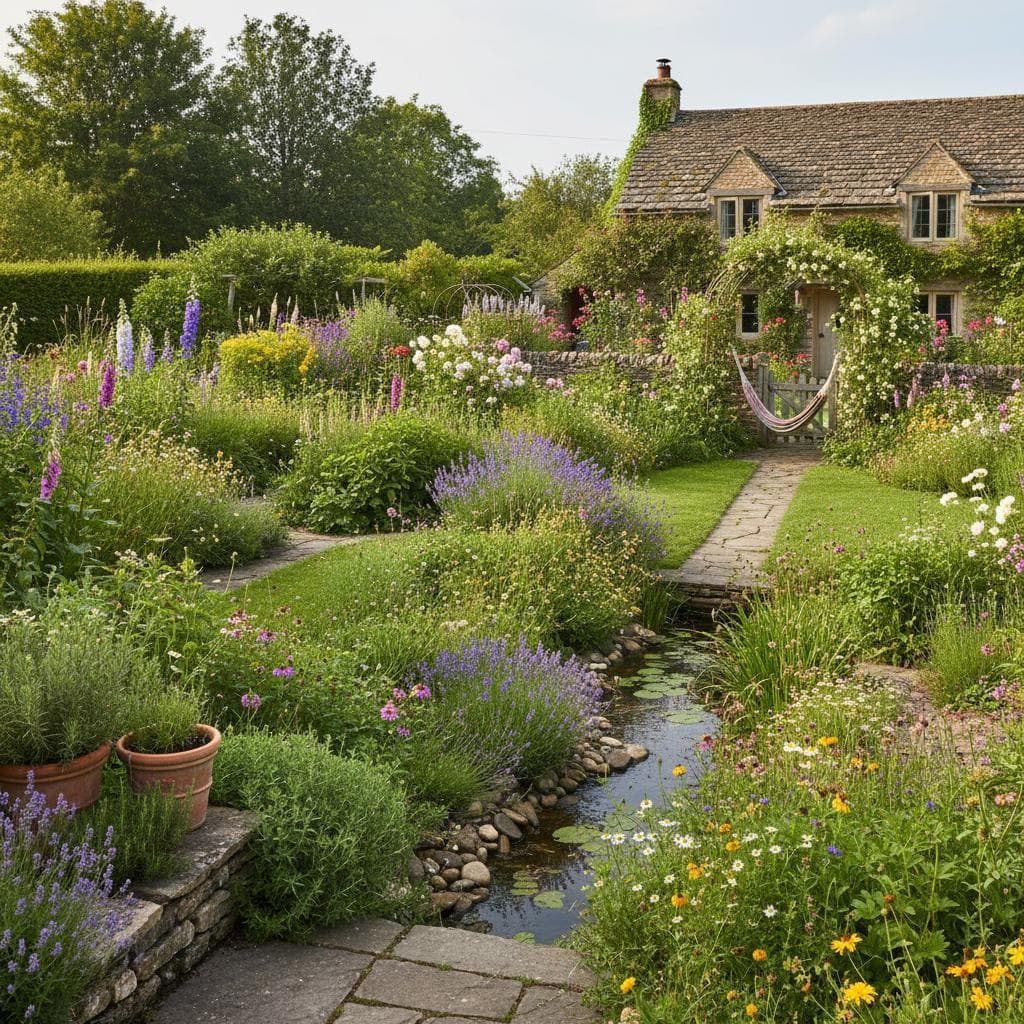The Rise of Gravel Gardens: A Smart Shift from Traditional Lawns in 2025
Homeowners across various regions face growing challenges with maintaining lush green lawns. Extreme weather patterns, including prolonged droughts and heavy storms, make grass difficult to sustain without significant effort and resources. Gravel gardens provide a practical response to these issues, transforming yards into resilient, attractive spaces that demand far less attention.
This trend gains momentum because it aligns with broader environmental goals. Water conservation becomes a priority as municipalities impose stricter usage limits. Gravel installations reduce reliance on irrigation systems, allowing homeowners to focus on enjoyment rather than upkeep.
Challenges of Conventional Lawns
Traditional lawns require consistent attention that many people lack time to provide. Weekly mowing demands physical labor and fuel for equipment, while seasonal fertilizing adds to expenses. Watering alone can account for a substantial portion of household utility bills, especially in arid areas.
Designing an Effective Gravel Garden
A successful gravel garden starts with thoughtful site assessment. Evaluate sun exposure, soil type, and existing features like patios or pathways. These elements influence plant selection and gravel distribution, ensuring the design complements the home's architecture.
Incorporate curves or geometric patterns to add visual interest. For instance, cluster larger boulders amid finer gravel to create focal points. This approach prevents the space from appearing monotonous and invites closer inspection.
Drainage remains critical for longevity. Test the area by observing water flow during rain. If standing water persists, amend the subsoil with sand or install subtle channels to direct excess away from structures.
Step-by-Step Installation Guide
Transforming a lawn into a gravel garden involves methodical preparation. Begin by marking boundaries with string or spray paint to visualize the final layout. This step helps avoid over- or under-excavation.
-
Clear the site: Use a sod cutter for efficient grass removal, slicing just below the root level. For chemical-free alternatives, cover the area with cardboard and mulch for four to six weeks to smother vegetation naturally.
-
Prepare the base: Excavate four to six inches deep, removing roots and debris. Level the surface with a rake, then add a two-inch layer of coarse sand or crushed stone. Compact it firmly using a tamper to prevent future settling.
-
Apply weed suppression: Roll out permeable landscape fabric over the base, securing it with metal pins. Opt for fabrics that allow water and air passage to support underlying soil health.
-
Build the foundation layer: Spread two inches of angular crushed rock, such as 3/4-inch gravel, and compact it thoroughly. This layer provides stability and aids drainage.
-
Add decorative elements: Pour two to three inches of chosen gravel, such as river rock or decomposed granite, for the top layer. Rake evenly to achieve a uniform depth.
-
Incorporate plants: Dig pockets in the base layer for soil amendments, then plant species suited to low water needs. Space them to allow growth, starting with clusters near edges for a framed effect.
Essential Tools and Materials
Gather durable equipment to streamline the project. A sturdy shovel and bow rake facilitate soil movement and leveling. A wheelbarrow transports heavy loads efficiently, reducing strain during material distribution.
For compaction, rent a plate compactor for larger areas or use a hand tamper for smaller ones. Secure landscape fabric with U-shaped pins spaced every two feet. Select gravel based on aesthetic and function; for example, 1/2-inch angular stones offer better traction than rounded varieties.
Drought-tolerant plants like agave, salvia, or feather reed grass add vitality. Purchase in pots for immediate planting, ensuring roots establish quickly in prepared pockets.
Budget for delivery fees when ordering bulk materials. Calculate volume by measuring length, width, and depth in feet, then divide by 27 for cubic yards. Overestimate slightly to account for uneven terrain.
Pitfalls to Sidestep During Setup
Neglecting soil testing leads to surprises later. Acidic or clay-heavy soils may require amendments before planting to prevent root issues. Always check pH levels with a simple kit.
Choosing mismatched gravel sizes disrupts the overall harmony. Larger stones suit expansive areas for a bold statement, while finer options work in intimate spaces but demand edging to contain migration.
Overplanting in the initial setup crowds growth over time. Limit to one plant per square foot initially, allowing room for natural expansion. Monitor for invasive tendencies in selected species.
Inadequate edging allows gravel to spill onto adjacent surfaces. Install metal or plastic borders two inches above ground level to maintain clean lines.
Professional Guidance for Complex Sites
Sloped yards present unique challenges, as erosion can displace gravel without reinforcement. Professionals use retaining walls or terracing to stabilize terrain, integrating gravel seamlessly.
For properties with established trees or utilities, expert assessment prevents damage. Contractors employ ground-penetrating radar if needed and coordinate with local regulations on water management.
Hiring adds upfront cost but saves on corrections. Seek designers certified in xeriscaping for climate-specific advice, ensuring the garden enhances property value.
Sustaining Your Gravel Garden
Maintenance proves straightforward once established. Inspect quarterly for weed seedlings, removing them by hand before they root deeply. Refresh the gravel surface annually with a light rake to redistribute and remove debris.
Water new plants sparingly during the first season to encourage deep roots. Mature specimens often require none beyond natural rainfall. Prune spent foliage in spring to promote fresh growth.
As the garden evolves, accents like solar lights or benches invite outdoor living. This low-effort oasis rewards with enduring appeal, freeing weekends for leisure rather than labor. Homeowners embrace gravel gardens for their blend of practicality and style, proving that sustainable beauty demands little in return.




